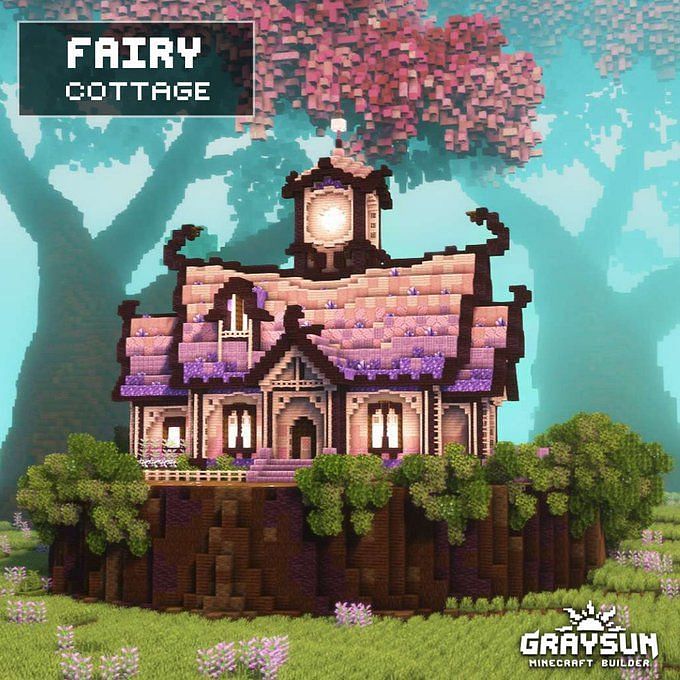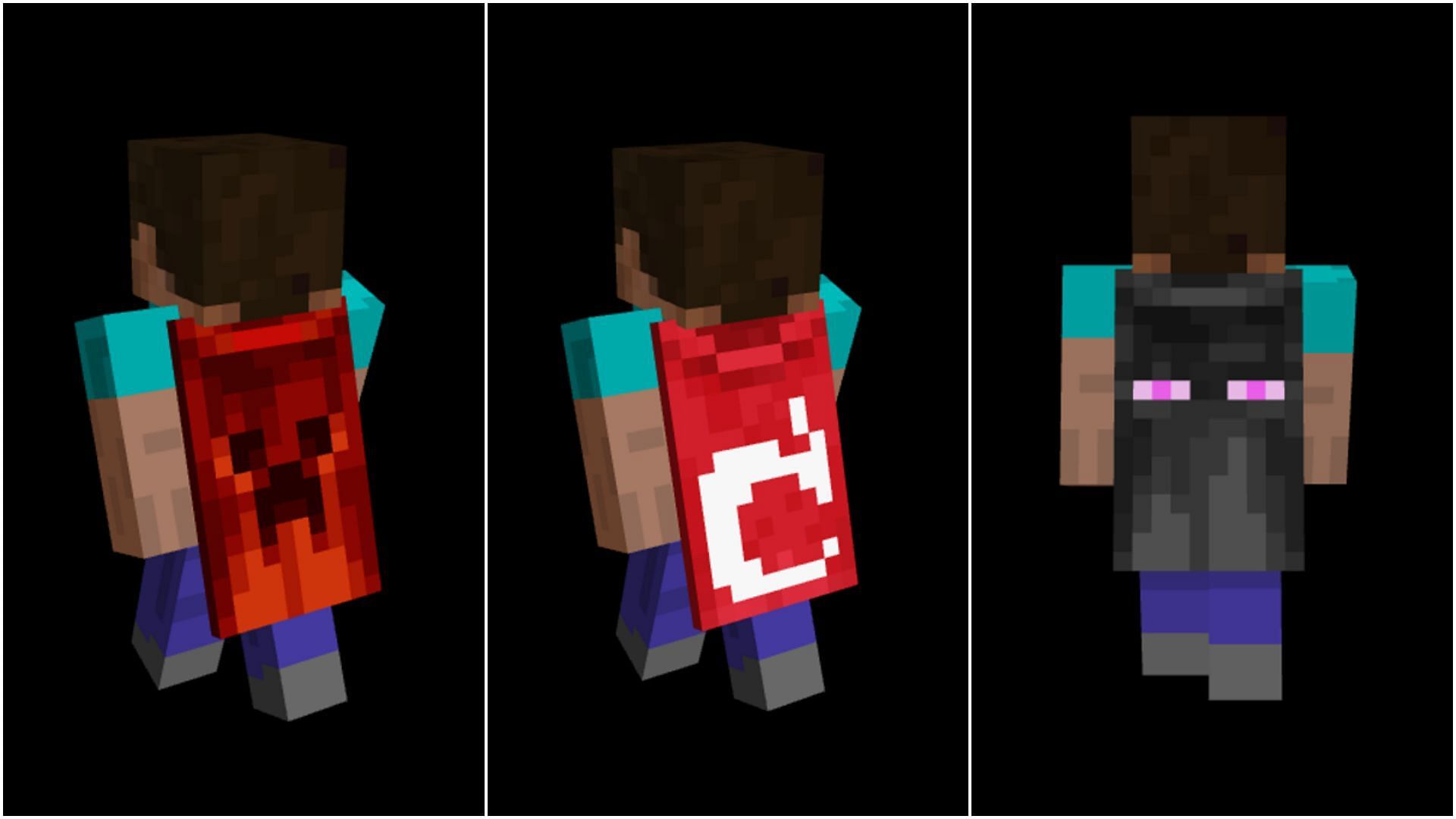Minecraft for Education has become a popular tool for teachers looking to engage their students in a new and exciting way. This video game, originally created by Mojang Studios, allows players to build and explore virtual worlds made up of blocks.
Teachers have found creative ways to incorporate Minecraft into their lesson plans, using it to teach subjects ranging from history to math. By leveraging the game’s unique features, educators are able to make learning more interactive and hands-on for their students.
Enhancing Creativity and Collaboration
One of the key benefits of using Minecraft in the classroom is its ability to foster creativity and collaboration among students. In the game, players can work together to build structures, solve puzzles, and explore new worlds. This collaborative element encourages students to work as a team and share ideas, helping them develop important social and communication skills.
Additionally, Minecraft provides students with a blank canvas to unleash their creativity. They can design and build their own virtual creations, whether it be a historical landmark or a complex mathematical model. This freedom to create allows students to express themselves in a way that traditional teaching methods may not always permit.
Hands-On Learning
Another advantage of using Minecraft in education is its hands-on approach to learning. Instead of passively absorbing information from a textbook or lecture, students are actively engaged in the learning process as they manipulate blocks and interact with the virtual environment.
For example, history teachers can recreate famous events or landmarks within the game, allowing students to explore and experience these moments firsthand. This immersive learning experience helps students better understand and retain the information being presented to them.
Real-World Applications
Many teachers have found creative ways to tie Minecraft into real-world applications. For instance, math teachers can use the game to teach concepts such as geometry and spatial reasoning. Students can build structures and calculate dimensions, applying their mathematical knowledge in a practical and tangible way.

Similarly, science teachers can use Minecraft to simulate scientific experiments or phenomena. By creating virtual laboratories or ecosystems, students can observe and study the natural world in a safe and controlled environment.

Conclusion
In conclusion, Minecraft for Education has proven to be a valuable tool for teachers seeking to innovate their classrooms. By incorporating this popular video game into their lesson plans, educators are able to make learning more engaging, interactive, and relevant for their students.
Through Minecraft, students can enhance their creativity, collaboration, and critical thinking skills while also gaining a deeper understanding of academic subjects. As technology continues to play a prominent role in education, tools like Minecraft are paving the way for a more dynamic and effective learning experience.

